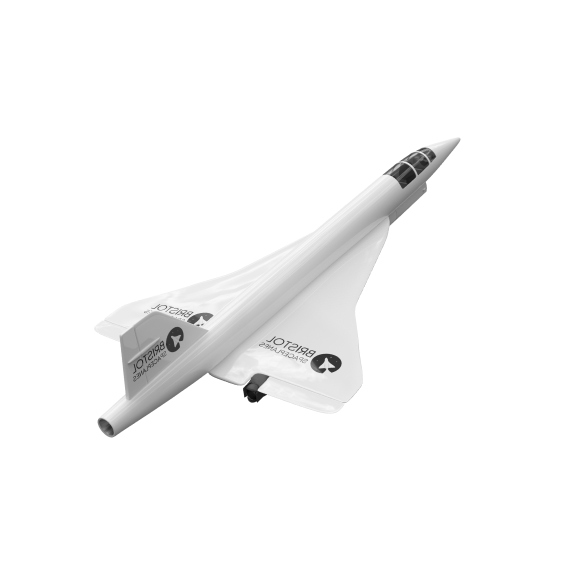The X-15, the first fully reusable space-faring aeroplane, was making regular sub-orbital flights in the 1960’s, nearly half a century ago. Had work on the X15 continued, a fully reusable orbital successor could have been in service twenty years ago. Spaceplanes would by now be within sight of the turnaround time, life, and maintenance cost of airliners, and the cost of sending people to space would be one thousand times lower than it is now. Hypersonic and sub-orbital airliners would be on the drawing board or in service. The Shuttle did not achieve these goals because it is not fully reusable.




